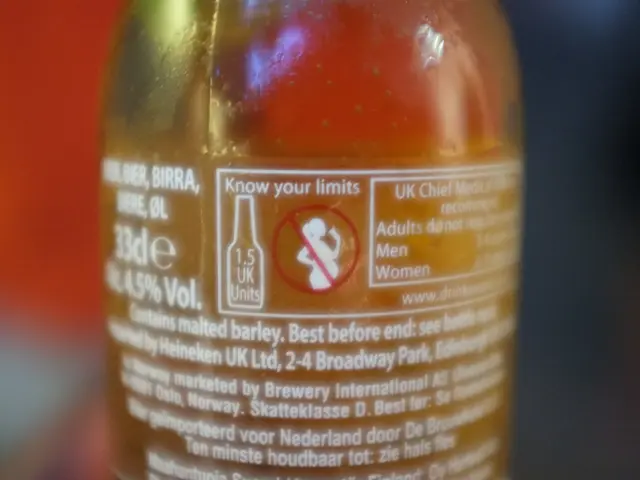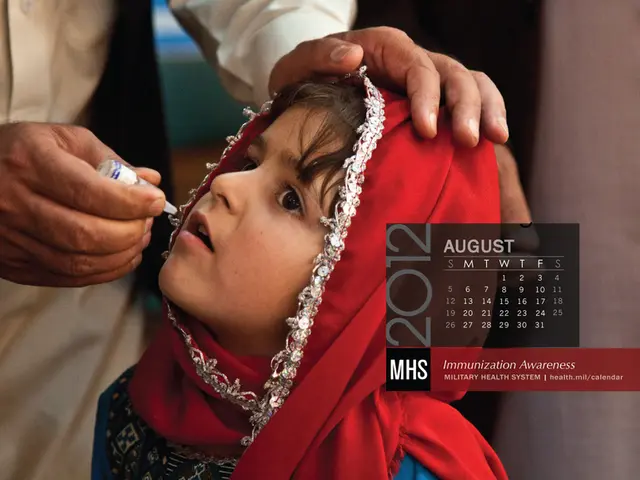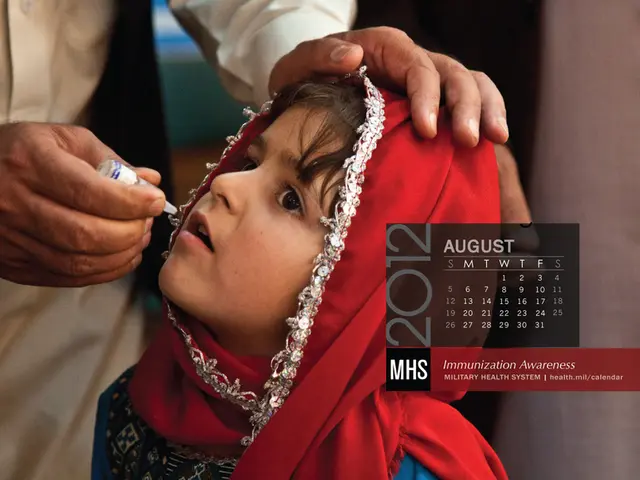Differentiating Age Spots from Skin Cancer: A Guide for Recognition
Age spots and skin cancer may seem alike, but they're distinct in several ways. Here's a breakdown of the key differences, symptoms, diagnosis, and treatment options for both conditions.
The Difference
Unlike skin cancer, age spots are generally harmless and don't need treatment. These spots are often named solar lentigines or liver spots, appearing as small, darker patches on the skin, usually yellow, brown, or gray. They're flat, smooth, and defined with clear borders. Age spots develop due to excess melanin production, a response to UV radiation from the sun.
Skin cancer, however, is a type of malignant growth that requires medical attention. It's primarily caused by UV radiation damage, often developing on sun-exposed areas. Skin cancer can spread to other parts of the body if left untreated, making early detection crucial.
Symptoms
Age Spot Symptoms
Age spots typically appear:
- flat and smooth
- defined with clear borders
- between a few millimeters to several centimeters in size
- in sun-exposed areas, such as the face, hands, shoulders, feet, arms, and back
These spots may fade in winter and become more pronounced in summer.
Skin Cancer Symptoms
Skin cancer symptoms vary depending on factors like the type of skin cancer. Watch out for possible indicators, such as:
- asymmetrical shape
- changing size, color, or shape
- multiple colors on the same spot
- pink, blue, purple, black, or brown coloring
- raised, red, or scaly patches
- painful, itching, or bleeding spots
- crusty or scaly patches
- raised edges that lower in the middle
Actinic Keratosis (Precancerous Lesions)
Actinic keratosis may appear like age spots but could lead to squamous cell carcinoma if left untreated. Symptoms include:
- rough, crusty patches
- red, pink, or skin-colored spots
- flat patches that look similar to age spots
- scaly, rough bumps that resemble acne
- pale or scaly patches on the lips
- horn-like growths
When to Consult a Doctor
If any unusual changes occur in your skin, seek a doctor's advice. This includes marks that change in color, size, shape, or location, itch, crust, scab, or bleed and do not heal within four weeks. Early detection of skin cancer increases the chances of successful treatment.
Diagnosis
Doctors diagnose age spots through physical examination and assessing the appearance, texture, and placement of the spots. If unsure, they may perform a skin biopsy to test for other conditions like skin cancer or actinic keratosis.
Treatment
Age spots don't require treatment because they're not harmful. However, some people choose to reduce their appearance using creams, lotions, or procedures like laser treatments, cryosurgery, microdermabrasion, and chemical peeling.
For skin cancer, treatments vary depending on factors like the type and stage of skin cancer and the individual's circumstances. Surgical removal of basal cell and squamous cell cancers is preferable if possible. Other treatments include topical therapies, radiation therapy, chemotherapy, immunotherapy, and systemic medication.
- Dermatology plays a crucial role in identifying and treating age spots and various types of skin cancer, as they negatively impact health-and-wellness and require early intervention.
- While melanoma and other skin cancers can be dangerous and spread to other parts of the body, age spots, also known as solar lentigines or liver spots, are generally harmless and don't require treatment.
- Seniors, particularly those with prolonged sun exposure, should pay attention to skin-care and skin-conditions, being vigilant for symptoms such as asymmetrical shape, changing size or color, and multiple colors on the same spot that could indicate skin cancer.
- Science continues to advance in the field of oncology, developing innovative treatment options for medical-conditions like skin cancer, ensuring better outcomes and earlier detection through scientific research and medical advancements.
- By prioritizing regular skin checks,seniors can maintain proper health-and-wellness, ensuring that any potential skin-conditions, including age spots or skin cancer, receive prompt attention and, if necessary, proper medical treatment.








